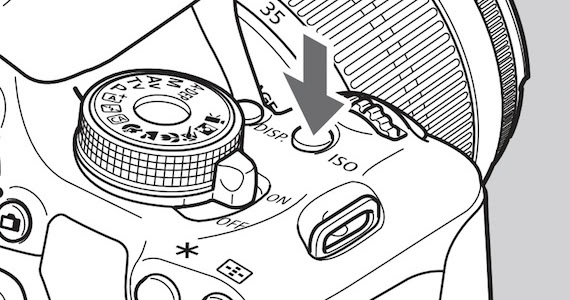Menu Bar
Menu
Rotating Banners
Camera Tips: What is ISO?
ISO is actually a common short name for the International Organization for Standardization. In the 35mm film days when you bought film, you would buy film that was rated as 100, 200, 400, etc. These numbers referred to the films sensitivity to light. The higher the ISO, the more sensitive it is to light. When you wanted to change the ISO, you would change your film roll. As technology advanced, ISO is now a setting you adjust on your camera.
The first thing you have to understand is that ISO is only one third to taking a properly exposed photograph. The other two thirds is aperture and shutter speed; these are one of the most vital elements to get the know-how of in photography world. Each one can be changed individually to allow you to set then to what you think will give you the perfect exposure, or you can let the camera set them for you to what it thinks is the perfect exposure for the conditions it can detect. Aperture allows how much light the lens captures. Boosting the ISO lets you shorten the amount of time it takes the shutter to open and close, making it possible to freeze motion. There are some instances where you may want to lower the ISO and use a longer shutter speed. Landscape photographers sometimes use this technique to smooth the appearance of a waterfall or a river flowing.
ISO can be as low as 100 to as high as 25,600 depending on the camera. Why is high ISO needed? For indoor work, where flash isn't allowed and the light levels are fairly low. The higher you boot your camera's ISO, the more noise you introduce into your images. Digital noise is the same as film grain. Lots of noise is great for artsy shots or for a retro look but you'll want to avoid noise for portraiture, family snap shots or events. For these, you'll want crisp and clean images. To get these crisp and clean images, you should always try and keep your ISO set to the lowest number and use aperture and shutter speed to get the right exposure. If you can’t do that with aperture or shutter speed, move up to the next ISO setting and try again until you get an image you're satisfied with.
You can also find Auto ISO option on most of the latest DSLR’s available on the market today that functions wonderfully in dim light areas. The flexibility this setting offers is that you can set the highest ISO number so that regardless of the ISO increasing on its own based on lighting of the environment, it never goes beyond the set limit.
When you're shopping for a new camera, it's important to not only look at the highest ISO that is possible, but read reviews to see how the camera performs at that setting. Although two cameras can shoot at the same ISO 3200, one cameras sensor may be larger than the other and can capture a clean image through an ISO of 1600 while the other can capture the same image at a lower ISO of 200. Due note that the top level cameras from Nikon or Canon will have better control over noise than the cheaper models.

